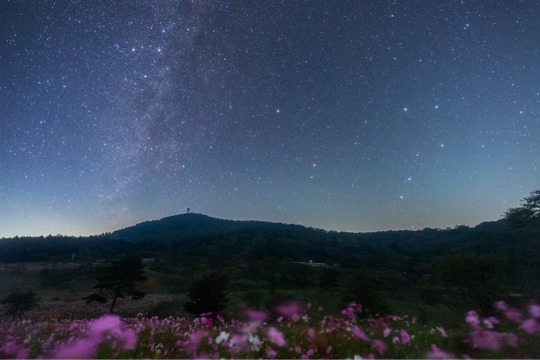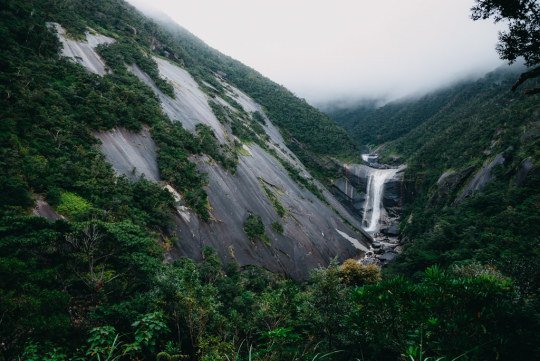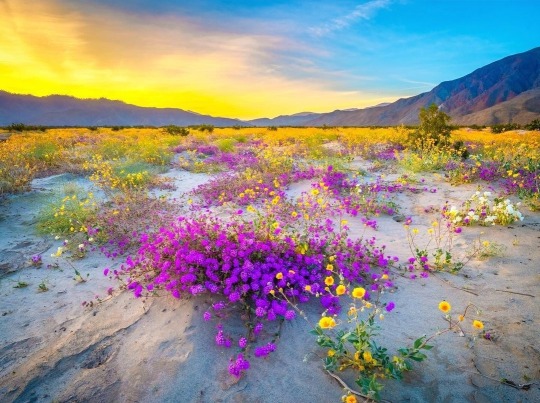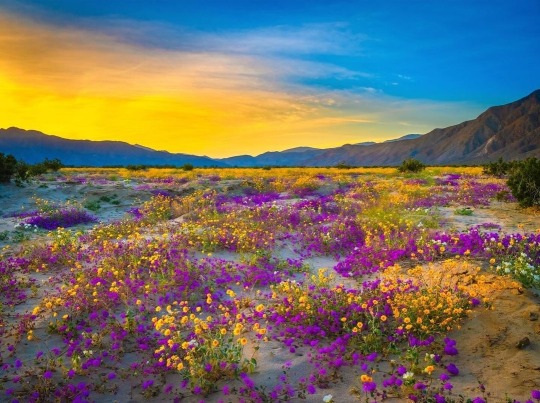Text





I intended to volunteer in a park and go to the Bronx zoo but that didn't work out so I spent like an hour trying to get into the park (there's a highway on the east side of the park without any crossings and there's only one pedestrian entrance, but it was gorgeous and a perfect entry so it was fine) and 3 hours wandering around the New York Botanical Garden instead. It was so beautiful! Most of the conservatory was closed to prepare for an exhibit and I didn't have time to get to the library, so I'll have to come back again.
I'll go to the zoo on a reduced admission day. I also want to go to the Bronx Art Museum and the Edgar Allan Poe Cottage once it reopens.
0 notes
Text
“As Michael Chabon has observed, all fiction is fan fiction.”
91 notes
·
View notes
Text
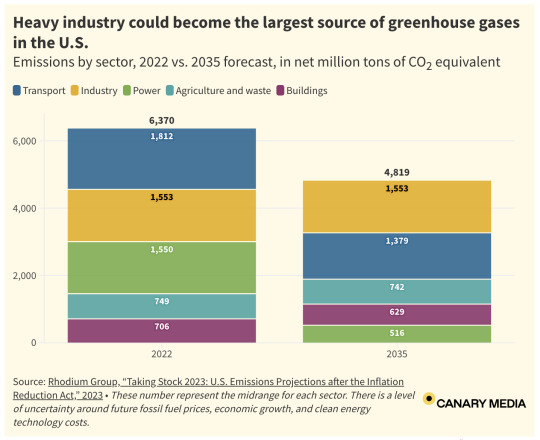
Excerpt from this story from Canary Media:
America’s industrial sector is on track to become the nation’s biggest source of planet-warming emissions by 2035, according to Rhodium Group.
While the Inflation Reduction Act’s clean energy and electric vehicle subsidies are set to drive significant emissions reductions in both the power and transportation sectors over the next decade, industrial emissions are expected to remain stubbornly high.
With the policies currently in place, the report projects that overall U.S. emissions will be between 32 and 51 percent below 2005 levels in 2035.
The main driver of that decline will be the power sector, where emissions are expected to plummet over the next decade as more and more wind, solar, and storage projects plug into the grid. Transportation is the next biggest contributor. Rhodium Group forecasts the sector — currently the biggest source of carbon emissions in the U.S. — will cut its emissions by about 23 percent between 2022 and 2035.
The industrial sector’s outlook is far less optimistic. By 2035, heavy industry will still emit the same amount of CO2 as it does today — and account for one-third of all U.S. emissions.
Industrial processes like manufacturing cement, steel, and chemicals are both deeply embedded in the economy and particularly tough to decarbonize. Producing these materials requires immense amounts of high-temperature heat that’s challenging to generate without fossil fuels. Some of these processes, like steelmaking, still rely on coal as a major input.
3 notes
·
View notes
Text
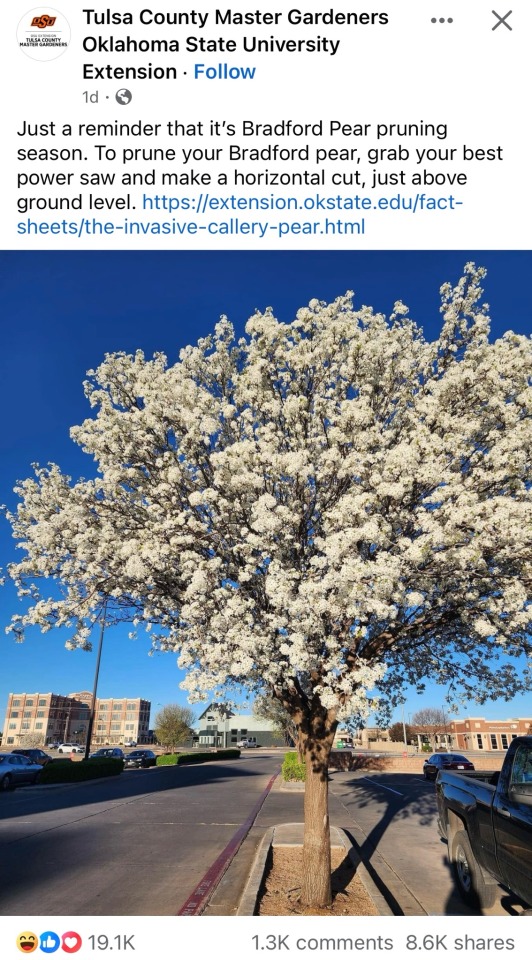
Nobody throws shade like a biologist with burning hatred for invasive plants
37K notes
·
View notes
Text
Baltimore's Mr. Trash Wheel: a Decade of Garbage Gobbling Equates to 5.2 Million Pounds https://www.goodnewsnetwork.org/baltimores-mr-trash-wheel-a-decade-of-garbage-gobbling-equates-to-5-2-million-pounds/
11 notes
·
View notes
Text
If you need some good news today- you should know that the sea turtle nesting data for 2023 is in and it’s really promising. In Florida, both greens and loggerheads have reached record high numbers of nests. We’re really hoping this is a success story in the making for both of these species.
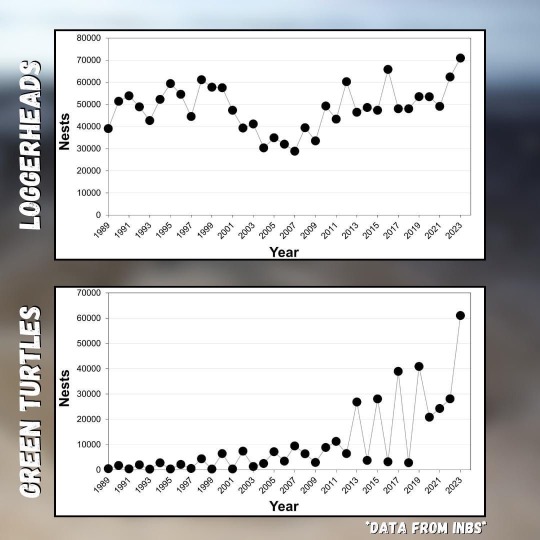
Almost half of the world’s loggerheads nest in Florida, meaning the state has a huge responsibility to conserve the species.
1K notes
·
View notes
Text
17 notes
·
View notes
Photo

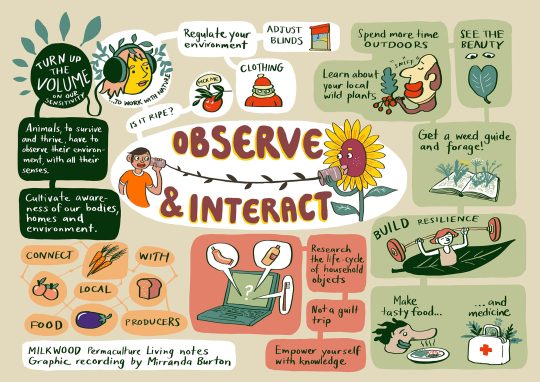

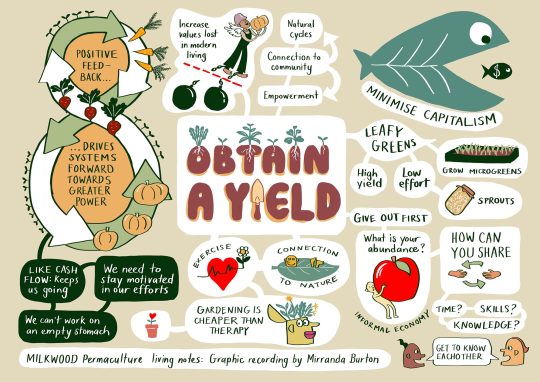

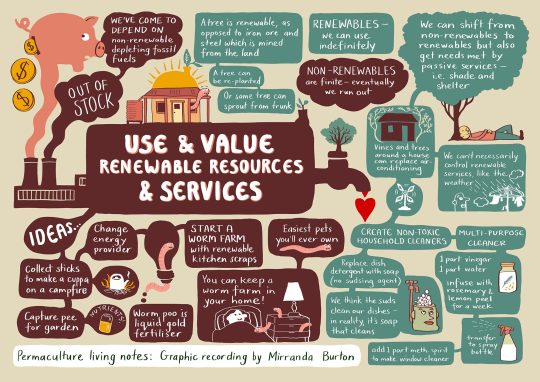






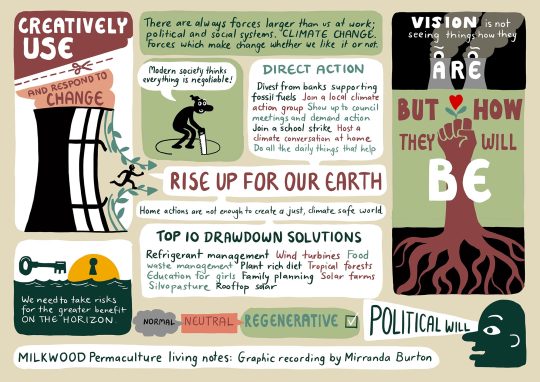
What is Permaculture & The 12 Principles of Permaculture
Graphics by Mirranda Burton, Information from Milkwood’s Online Permaculture Living Course
4K notes
·
View notes
Text
Costa Rica generates around 99 percent of its electricity from renewable sources. How was the country able to accomplish that?
Kenneth Lobo Méndez: The secret of this achievement is mainly planning.
Identify the capacity of the different energy sources so you can get the big picture about how different resources can work together to get a renewable system. In the winter, like a six-month period from June to December, many of the hydropower plants get surplus flows. That’s when we have low wind, but we have more hydropower. And then in the summer, like from December to May perhaps, we get low hydropower, so the other sources of energy complement that electricity supply — mainly wind power, biomass, and geothermal.
[...]
In the US, we’re used to many smaller private electric utilities. Does having a national energy company like ICE make it easier to adopt renewable energy?
KLB: In our perspective, yes, it’s an advantage that the planning is held by a government state company. It can make a plan for the country according to the government’s vision. We only sell what we need, and there’s no interference from different stakeholders. It makes the planning process more simple.
144 notes
·
View notes
Text
9 notes
·
View notes
Text
The flip side of the post-World War II cries of “Never again” was an unspoken “Never before.” The insistence on lifting the Holocaust out of history, the failure to recognize these patterns, and the refusal to see where the Nazis fit inside the arc of colonial genocides have all come at a high cost. The countries that defeated Hitler did not have to confront the uncomfortable fact that Hitler had taken pointers and inspiration on race-making and on human containment from them, leaving their innocence not only undisturbed but also significantly strengthened by what was indeed a righteous victory.
Naomi Klein, Doppelganger
6K notes
·
View notes
Text
That year, a Hoover Institution economist who advised both Nixon and Reagan named Roger Freeman said the quiet part out loud when he told the San Francisco Chronicle, “We are in danger of producing an educated proletariat. That’s dynamite! We have to be selective on who we allow to go through higher education.”
3K notes
·
View notes
Text
Drawing on various theoretical perspectives such as treadmill of production, world systems theory, and ecological unequal exchange, green criminologists have posited that the adverse outcomes associated with ecological disorganization are tied to the expansionary tendencies of the capitalist world system. Here, ecological disorganization is the sum of the deleterious effects of two connected economic-ecological processes: ecological withdrawals that disrupt ecosystems by removing resources from the environment and ecological additions that disrupt ecosystems by adding pollution to environments. In an effort to promote growth and capital accumulation, in addition to exploiting labor, capitalist must expand the market, which means producing more goods and more demand for those goods. To increase production, capitalism must increase withdrawals of ecological resources, causing ecosystem damage or disorganization. Those raw materials are then fed into the manufacturing process where, applying fossil fuel and chemical energy, other forms of ecological disorganization are created: pollution or ecological additions. Drawing on these insights and from ecological Marxism, green criminologists suggested that the ordinary production of commodities via the capitalist process, creates ecological disorganization and can be conceptualized as a form of green crime from the perspective of nature and also as a form of green/ecological injustice.
Measuring the Ecological Impact of the Wealthy: Excessive Consumption, Ecological Disorganization, Green Crime, and Justice
27 notes
·
View notes


